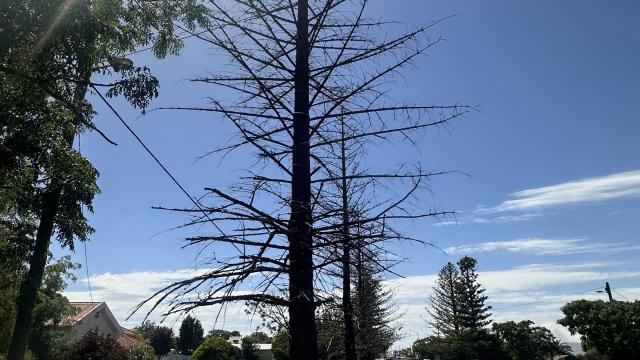
Can black gram be grown in the Wimmera? Is adzuki bean a potential crop for the Mallee?
Agriculture Victoria researchers are looking to assess the viability of growing alternative legume crops within the southern region, as both winter and summer crop options, as part of a new Grains Research and Development Corporation (GRDC) and Agriculture Victoria investment.
Dr James Nuttall, the program leader, said that adapted legume crop options are limited within southern region farming systems, particularly relating to summer crop options.
“Despite the significant breeding gains made with the major grain legumes including lentil, chickpea, field pea, faba bean and lupin, further opportunities exist for alternative legumes in the system,” he said.
The GRDC and Agriculture Victoria are particularly keen to assess these legume crops in terms of their potential to generate farming systems benefits to growers.
“New legume crops have the potential to provide greater flexibility as both grain and fodder options, fix additional nitrogen and, in the case of summer crops, provide opportunity to utilise rainfall in late spring and summer,” Dr Nuttall said.
The legume crops being tested include adzuki bean, black gram, black turtle bean, borlotti bean, burgundy bean, cowpea, guar bean, kidney bean, lab lab, lathyrus, messina, moth bean, mungbean, narbon bean, navy bean, pigeon pea and soybean.
Many of these crops are traditionally suited to sub-tropical growing conditions.
Dr Nuttall said a key consideration to the success of crops tested would be their suitability to the rainfall pattern and temperature in our environment.
The program is also tapping into the Australian Grains Genebank (AGG) at Horsham, a vital resource for conserving and supplying genetically diverse germplasm for crop species.
Early sown trials at Horsham have now been established, where 812 different AGG legume lines are being tested.
Audrey Delahunty, a research agronomist working on the program, said the AGG had provided an invaluable supply of germplasm to test for genetic adaptation of these alternative legumes to the southern region.
“In testing a broad range of germplasm from the AGG, within the southern Australia environment, this will also help inform breeding programs of the key traits and genetic potential available to maximise adaptation of alternative legume crops within this region and systems context,” Ms Delahunty said.
The program also aims to better understand the suitability of a range of alternative legumes to the southern region, taking into consideration agronomy, markets and profitability.
GRDC Manager, Agronomy and Farming Systems – South, Andrew Etherton said the findings of this research present a huge opportunity for growers to include an additional crop into rotations that will benefit their entire farming system.
Key issues under investigation in this research include optimal time of sowing and opportunities and herbicide options across the Mallee, Wimmera, North East and South West regions.
“Ultimately, we are aiming to identify crops and management strategies that can expand the range of legumes available to the grains industry helping to build soil nitrogen, utilise out of season rainfall and improve farm profitability,” Dr Nuttall said.








